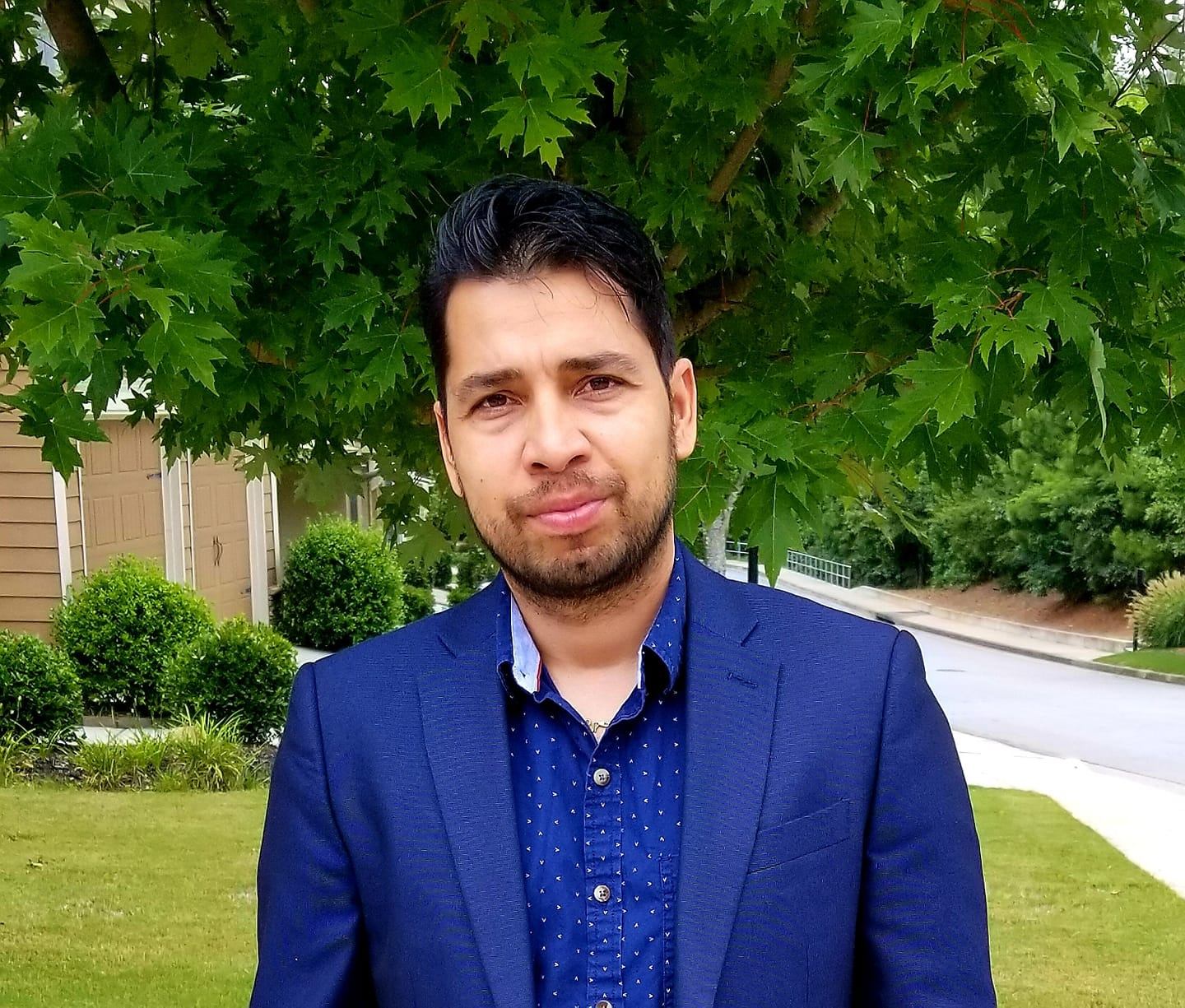Columns
Turning the focus on students
Education is not only to obtain a certificate or degree, but also to know society.
Tulasi Acharya
Last month, three members of the Nexus Institute of Research and Innovation (NIRI), including myself, were invited as guest speakers at an interaction programme organised by a higher secondary school in Nepal. We were to talk about the existing teaching practices in Nepal and America, the differences, and the tools and techniques one could introduce in Nepali classrooms to make teaching more effective, innovative, scientific and career-oriented. The focus of the interaction revolved around the research-based method of the student-centred classroom that has yet to be practiced when it comes to discussions about teaching in Nepal. At the programme, even the participant lecturers from colleges in Nepal realised that student-centred teaching was the need of the hour.
Tara Sigdel, associate professor of surgery at Stanford University, California, reflected on the teacher-centred practice in Nepal where students relied completely on what their teachers said. But the model has yet to be changed, he said. He reflected on American teaching practices that are just the opposite, such as encouraging students to interact in the classroom, ask critical and rigorous questions, work in groups, and solve problems. Similarly, Tika Lamsal, associate professor of English at the University of San Francisco, underscored the idea of student-centred teaching by introducing Paulo Freire’s “banking concept of education” that challenges the idea of teachers being wisdom-filled vessels who lecture and students being empty vessels who just receive what the lecturers give. Such teaching hinders the intellectual growth of students by turning them into, metaphorically speaking, comatose “receptors” and “collectors” of information that often have no real connection with their lives and lived experiences.
Based on my 20 years of teaching experience, I believe it is high time to introduce more student-centred teaching methodology in the classroom. One doesn’t need highly equipped classrooms, computer labs and plentiful infrastructure to practice student-centred teaching. There are a few things one can bring in to make the classroom student-centred, and many start with attitudes and what teachers see as the end goal of teaching.
Guru-disciple dichotomy
The idea of a guru who knows everything creates a dichotomy: A teacher as someone who is authentic, reliable and knows the truth; and a student as a disciple who doesn’t know a lot, cannot question the teacher, cannot counterargue, and is just a passive listener. When one breaks the citadel of this mindset and mentality and lets everyone know that the teacher is a facilitator, students can be active agents participating in discussions, bringing in critical questions, observing, counterarguing and presenting facts based on reliable research and sources. This will motivate students to actively participate in discussions and makes the class interactive. This will even motivate and challenge the teacher to keep abreast of up-to-date information, so they start reading and researching, and trashing old notebooks from which they have been letting their students copy for years. Learners will come to realise the world is very complex and that there is not a single truth to fully rely on.
Now let’s introduce the flipped classroom teaching method. In this method, the teacher frontloads the students giving them a discussion topic with sources for them to explore before they come to the classroom. Students come to the class fully prepared and having researched and read the matter. They present their ideas individually or in a group, and the teacher sits in the back listening to their ideas. The teacher asks questions that help clarify misperceptions and helps students think more critically about their assumptions and conclusions.
The teacher is a facilitator and motivator. To teach well, teachers must first know their students’ interests, strengths and struggles. Knowing the students helps teachers plan and teach with prior knowledge of what will help them succeed or hinder them. A writing teacher, for example, may ask the students on the first day of class to provide a writing sample from which they can discover their interest in a topic, writing skills and so on. Teachers must give their students autonomy and get them into the habit with structured guidelines for peer review, where students work on their topics with a group that their teacher helps them form. Similarly, introducing media literacy and showing students the value of using smartphones, not just for the purpose of scrolling Facebook, but to present ideas and publish them on applications is necessary.
Academic qualifications
One gets a degree at an educational institution. That degree should not be only of academic qualifications, but represent the student’s moral integrity, creativity faculty and potential skills. Student-centred teaching debunks the idea of students as only receptors, and emphasises the idea of their being researchers and explorers with skills and potential to solve problems. Each student is unique. They have talents and abilities, and the job of teachers is to find them within the students and let them build and explore—in multiple curriculum areas. In student-centred learning, undue emphasis is not given to the textbook and its contents, but encourages students to challenge the textbook from the title to the end page. The whole world is an open textbook, and teachers can help their students explore, observe, form perspectives, create knowledge and contribute to the existing store of knowledge.
No student or teacher enters the classroom as a blank slate. The students come from different socio-linguistic and cultural backgrounds, and each of them deserves to share their life experiences equally, and they are equally enriching in the classroom. Education is not only to obtain a certificate or degree, but also to know the society and its people, know the social values, think outside the box, and be humble, accountable and responsible. If the teaching practices in the classroom cannot encourage students to be active learners, go outside and research, come to the classroom and teach, and reflect on what they have learned and how they have learned it, the students will always remain passive, and they will fail to understand how their world works. They will fail to contribute to the development of the nation.




 11.12°C Kathmandu
11.12°C Kathmandu















